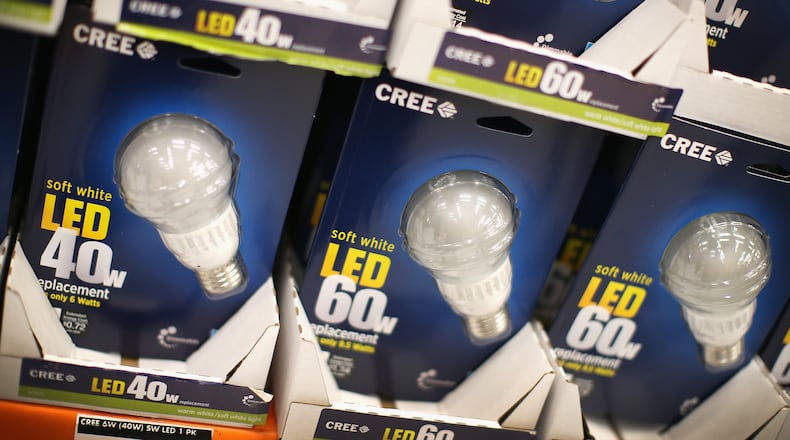If you want to feel better about how you are affecting the environment, here are 10 things you can do to reduce your carbon footprint:
1. Reuse and recycle
Estimates say 29 percent of U.S. greenhouse gas emissions come from the “provision of goods,” which means the extraction of resources from the earth, manufacturing, transport and final disposal of consumer products and packaging, building components and passenger vehicles, among others.
By buying used and reselling or recycling items you no longer use, you dramatically reduce your carbon footprint from the “provision of goods.”
2. Eat locally produced and organic food
More than 10 percent of U.S. greenhouse gas emissions come from the production and transport of food. Eating local foods means that they were not as transported as far, meaning less fossil fuel to get to you.
Organic fertilizer avoids the fossil fuel component that appears in some non-organic fertilizers.
3. Cut back on the beef and dairy
It takes a lot of resources to raise cows, and it’s especially controversial if you buy beef from somewhere like Brazil, where it was grazed on land that used to be tropical forest but was cleared for agricultural use. Deforestation is a top contributor to carbon emissions and climate change.
4. Fly economy
As comfortable as it can be to fly first class, your carbon footprint drops if you fly economy, the same way it does if you carpool or use public transportation. Each flyer’s share of a flight’s carbon emissions is relatively less because it’s spread out over more people.
If you must fly first or business, avoid private jets.
5. Drive a low carbon vehicle
High mileage cars doesn’t always mean low carbon dioxide emissions. Electric cars emit no carbon dioxide if they are charged with clean electricity (no coal). Electric cars and hybrids will save you money and help the environment.
6. Get a hitch-mounted cargo rack
Don’t buy a minivan or SUV if you only occasionally need the extra space. The bigger cars will use more gas and oil. A receiver hitch and a rack are relatively inexpensive.
Avoid roof-top boxes, which cost much more, increase aerodynamic drag and decrease fuel economy.
7. How you drive and how you care for your car matters
Take your time and be patient. Speeding and unnecessary acceleration reduce your gas mileage up to 33%, according to studies. Properly inflated tires can help improve your gas mileage by up to 3%. It also helps to use the correct grade of motor oil, and to keep your engine tuned. Some maintenance fixes, such as fixing faulty oxygen sensors, can increase fuel efficiency by up to 40%.
8. Reduce your home’s energy loss
Reduce drafts and air leaks with caulk, insulation, and weather stripping. Many states offer programs and incentives to facilitate this.
Turn off lights you’re not using and when you leave the room. Replace incandescent light bulbs with LED bulbs.
9. Lower your water usage
Lower the amount of energy used to pump, treat, and heat water by washing your car less often, using climate-appropriate plants in your garden, installing drip irrigation so that plants receive only what they need.
10. Search for Energy Star
Make energy efficiency a primary consideration when choosing a new furnace, air conditioning unit, dishwasher, or refrigerator. These are the biggest energy users in your home, so choose accordingly.
Products bearing the Energy Star label are recognized for having superior efficiency
About the Author
The Latest
Featured


